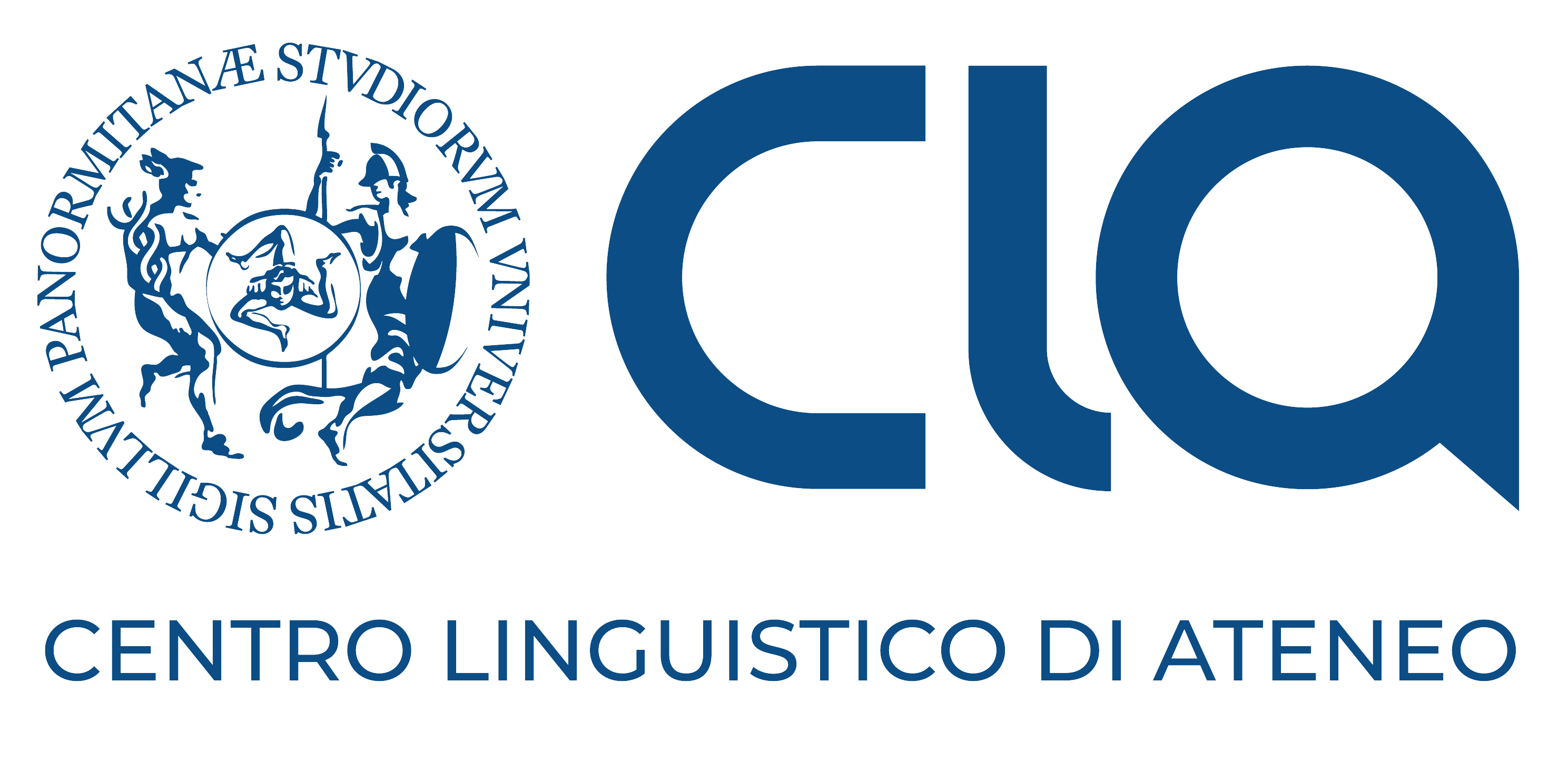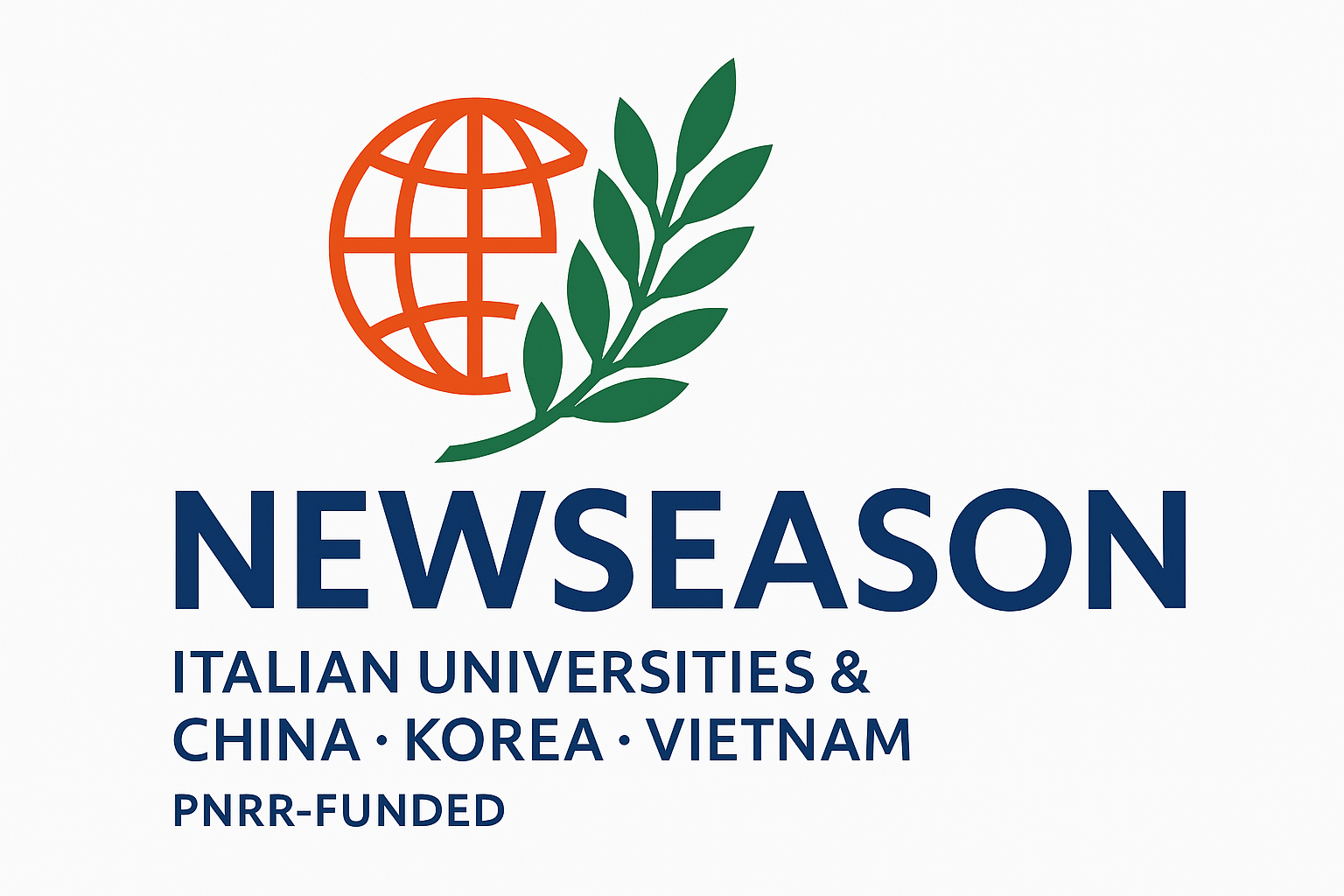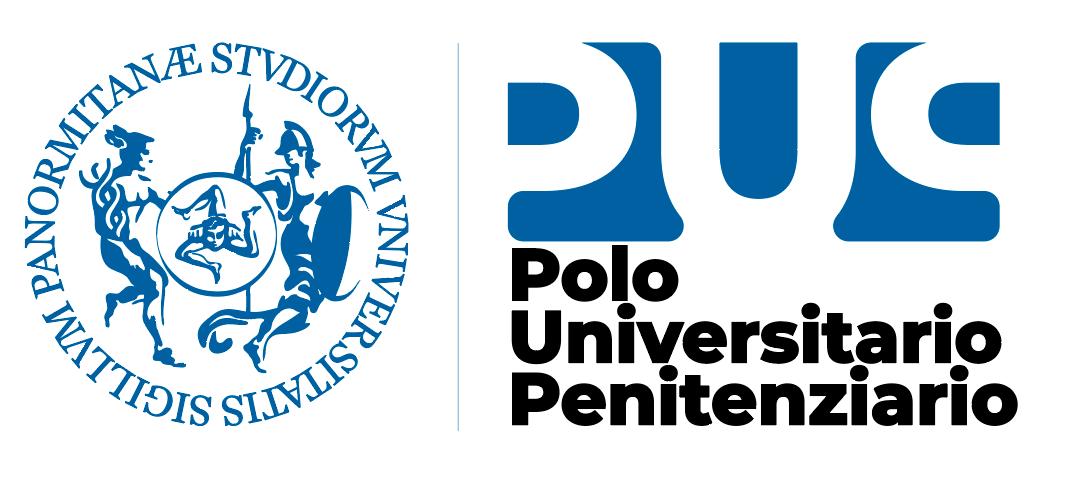From high school to job placement: micro-data life course analysis of university student mobility and its impact on the Italian North-South divide
Welcome to the Home Page of the PRIN 2017
This site collects the information about the Project, its descriptions, aims, working projects, people, and products of the research.
In the last twenty years, the Italian university system has experienced significant changes that involved two main players: the student and the university. The last decade saw students' enrolment decrease following the economic crisis of 2008, especially in southern regions of the country. Although there has been an increase in enrolments in the northern and central regions since 2012, increased enrolment in the southern regions has occurred only recently. At the same time, student migration from the southern to the central and northern regions of the country has increased steadily in the last ten years. This phenomenon has created further inequalities within the country as well as a cultural and socio-economic losses for the South that does not appear to be slowing down. The other important change has been the modification of the universities' governance rules: in the nineties the central government introduced financial autonomy and then, around the 2010, in line with the international trends, funding mechanisms in the Italian Higher Education system were reformed according to quasi-market and performance-based budgeting theories. This project is founded on the “Agreement between the Italian Ministry of Education and Research (MIUR) and the Universities of Palermo, Cagliari, Siena and Turin”, first implemented in 2016 and later amended with the inclusion of universities of Florence, Naples, and Sassari in 2017. The agreement’s aim is to study Italian students’ migration and universities student careers in terms of the students’ profiles. The research group has already created a national, longitudinal, micro-level database using MIUR student archives, covering all the freshmen cohorts between 2008-09 and 2016-17. It allows for the first time in Italy to follow all students - including transfers from one institution to another - from enrolment year to graduation. The main objective is to analyse student migrations from the South to the central and northern regions of the country, while observing other mobility flows within the country and to other countries. Moreover, in order to follow the student from enrolment to their access to the labour market, we plan to use the AlmaLaurea database, which provides information about graduates’ job placements. Our main objective is to address questions (using specific questionnaires), such as "Who are the students that migrate and who are the students that stay?", "Is it true that a degree obtained in the central and northern regions of the country has greater value than a degree obtained in the South?", "Why is it that the central and northern regions offer better labour market perspectives than the South? ", "Is mobility a consequence of personal and/or family dynamics?", “What is the influence of the educational background and of the high school attended on student migration choices and performance?”, “Is there any high school effect?”, "How do students that migrate from the South perform (time to graduation, grades, etc.) compared to students that stay?", "Who finds a better job and when?", "Where do students settle after graduation?", "How do the students that migrate outside the country make out?" The second objective is the assessment of unintended consequences of the performance budgeting on equality and on equity at the individual university level and as a whole on the national university system. We aim to study the connection between mobility patterns and the mechanisms of incentives due to performance-based allocation that have been recently implemented in Italy. In particular, a major goal is testing for possible distortions induced by competitive mechanisms that might have favoured highly ranked institutions to the detriment of disadvantaged universities, by a sort of “rich gets richer” effect. If a university’s attractiveness is mostly influenced by exogenous factors (e.g. quality of life in the town of destination, family wealth, employment opportunities etc.), that are not controlled by universities, it can be assumed that the university’s strategy can produce a limited effect in driving student choice and it will lead to increased inequality and unfairness within the country. In turn, since the capacity of attracting students will influence the amount of public subsidies, this may undermine also the recruitment of new academic personnel. The link between the two objectives is student mobility from the southern regions to the central-northern regions. Therefore, one of the main research thrust is to try to measure the disadvantages – also in terms of funds - affecting southern universities as a consequence of student mobility.







































